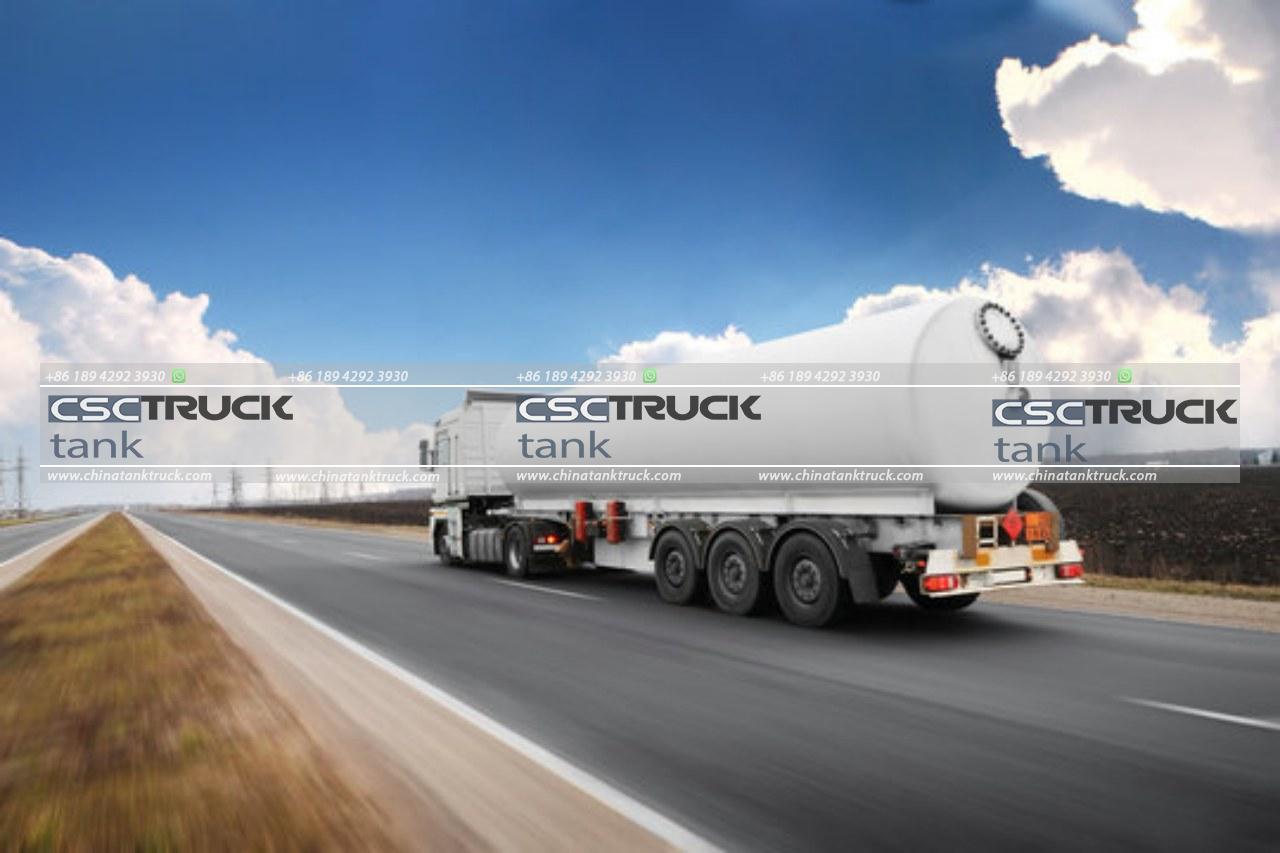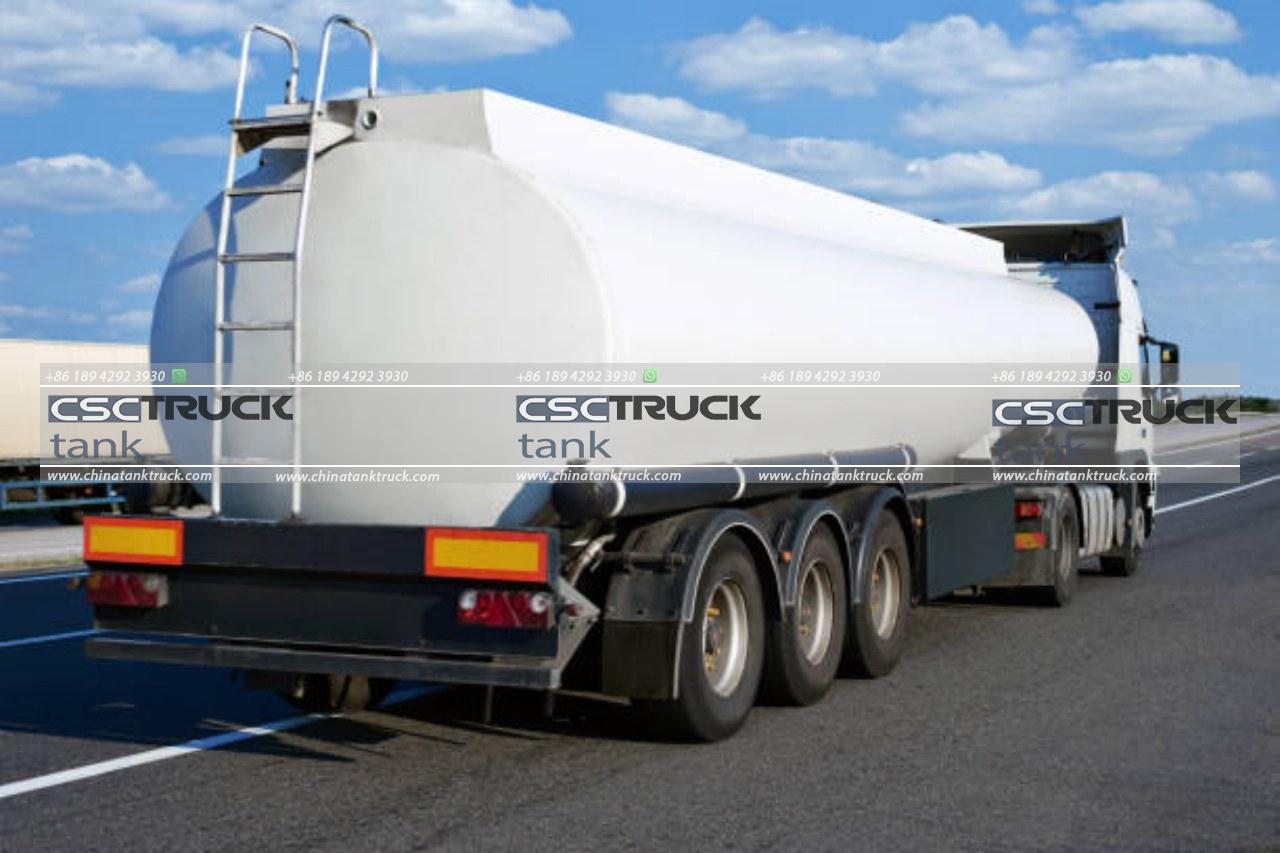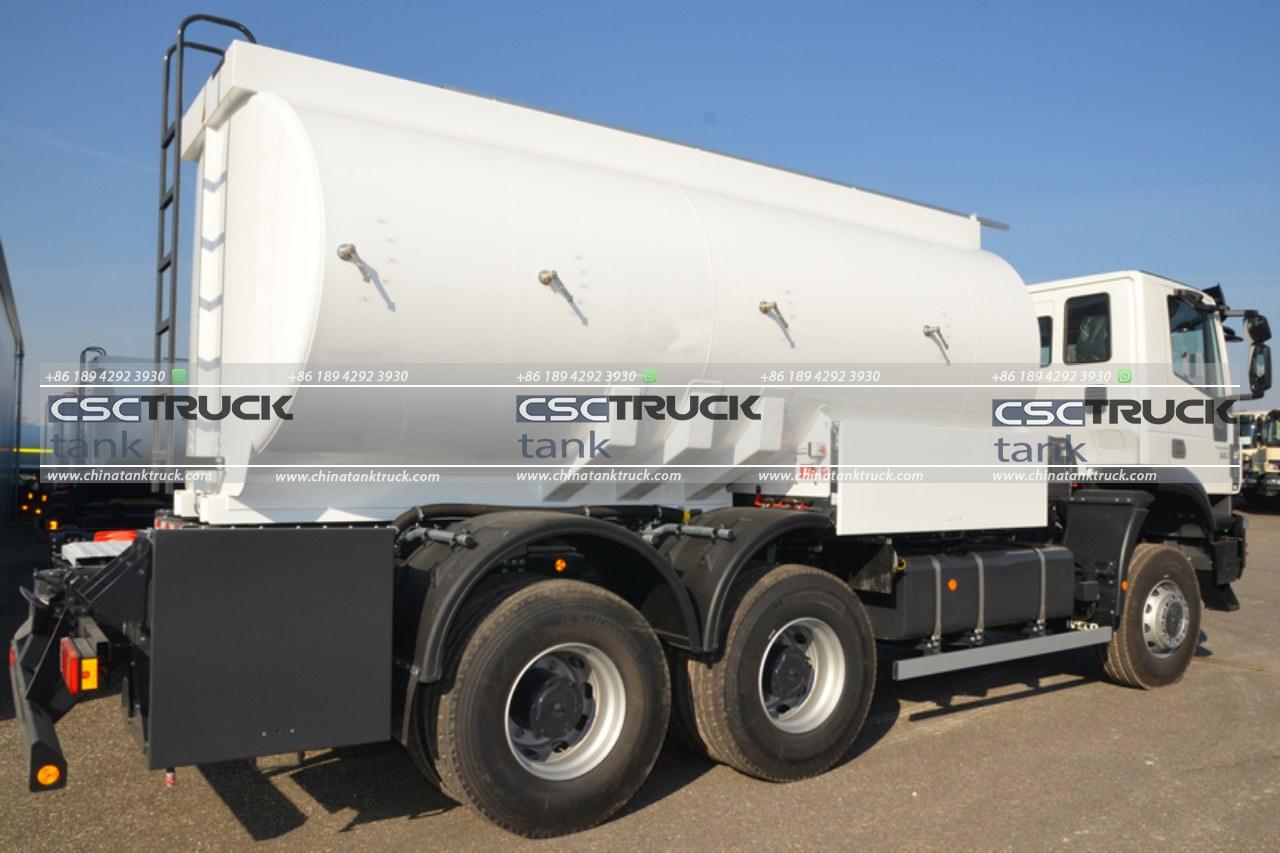Gas tank trucks are a vital part of the transportation industry, used to safely transport a wide variety of gases to businesses and consumers across the globe. These trucks are subject to strict safety regulations, and their drivers must be highly trained to ensure that the gases are transported without incident.
Types of Gas Tank Trucks
There are two main types of gas tank trucks: tanker trucks and cryogenic trucks. Tanker trucks are used to transport gases that are liquefied at ambient temperature, such as propane and butane. Cryogenic trucks are used to transport gases that are liquefied at very low temperatures, such as liquid nitrogen and oxygen.
Safety Regulations
Gas tank trucks are subject to strict safety regulations in order to prevent accidents and protect the environment. These regulations cover the design and construction of the trucks, the training of the drivers, and the procedures for loading and unloading the gases.

Driver Training
Gas tank truck drivers must be highly trained to ensure that they can safely transport the gases. This training includes classroom instruction on the safety regulations, as well as hands-on training in loading and unloading the gases.
Loading and Unloading Procedures
Gas tank trucks must be loaded and unloaded in a safe and controlled manner. This is done by following a specific set of procedures that are designed to prevent leaks and spills.
Accidents
Despite the strict safety regulations, accidents involving gas tank trucks do occur. These accidents can be caused by a variety of factors, including driver error, mechanical failure, and weather conditions.

Environmental Impact
Gas tank trucks can have a significant environmental impact if an accident occurs. The gases that are transported in these trucks are flammable and can be hazardous to human health. If a leak or spill occurs, it can pollute the air and water, and pose a risk to people and animals.
In addition to the information above, here are some other safety considerations for gas tank trucks:
- The trucks must be regularly inspected for leaks and other damage.
- The drivers must be familiar with the emergency procedures that should be followed in the event of an accident.
- The trucks must be equipped with the proper safety equipment, such as fire extinguishers and spill kits.
- The trucks must be transported in a safe manner, following the regulations that are set by the government.
By following these safety considerations, gas tank trucks can be safely and efficiently operated, without putting people or the environment at risk.
Specific Safety Considerations for Different Types of Gas
The safety considerations for gas tank trucks vary depending on the type of gas that is being transported. For example, trucks that transport flammable gases, such as propane and butane, must be equipped with special safety features, such as flame arresters and pressure relief valves. Trucks that transport cryogenic gases, such as liquid nitrogen and oxygen, must be insulated to prevent the gases from evaporating.

The Importance of Driver Training
Driver training is essential for the safe operation of gas tank trucks. Drivers must be familiar with the safety regulations that apply to the type of gas they are transporting, as well as the procedures for loading and unloading the gases. They must also be aware of the potential hazards associated with each type of gas, and how to respond in the event of an accident.
The Role of Technology in Gas Tank Truck Safety
Technology is playing an increasingly important role in gas tank truck safety. For example, some trucks are now equipped with GPS tracking systems that can help to monitor the location of the truck and the status of the cargo. Other trucks are equipped with sensors that can detect leaks and other problems. These technologies can help to prevent accidents and protect the environment.
The Future of Gas Tank Truck Safety
The future of gas tank truck safety is bright. As technology continues to evolve, new safety features will be developed that will help to prevent accidents and protect the environment. In addition, the training of gas tank truck drivers will continue to improve, as more and more emphasis is placed on safety.

Conclusion
Gas tank trucks are a vital part of the transportation industry. By following the safety regulations and proper procedures, gas tank truck drivers can help to ensure that these trucks are safely operated. The future of gas tank truck safety is bright, as new technologies and training methods are developed to help prevent accidents and protect the environment.
Additional Resources
- The National Highway Traffic Safety Administration (NHTSA) website: https://www.nhtsa.gov/ has information on the safety regulations that apply to gas tank trucks.
- The American Trucking Associations (ATA) website: https://www.trucking.org/ has information on the training programs that are available for gas tank truck drivers.
- The National Fire Protection Association (NFPA) website: https://www.nfpa.org/ has information on the safety standards that apply to gas tank trucks.

